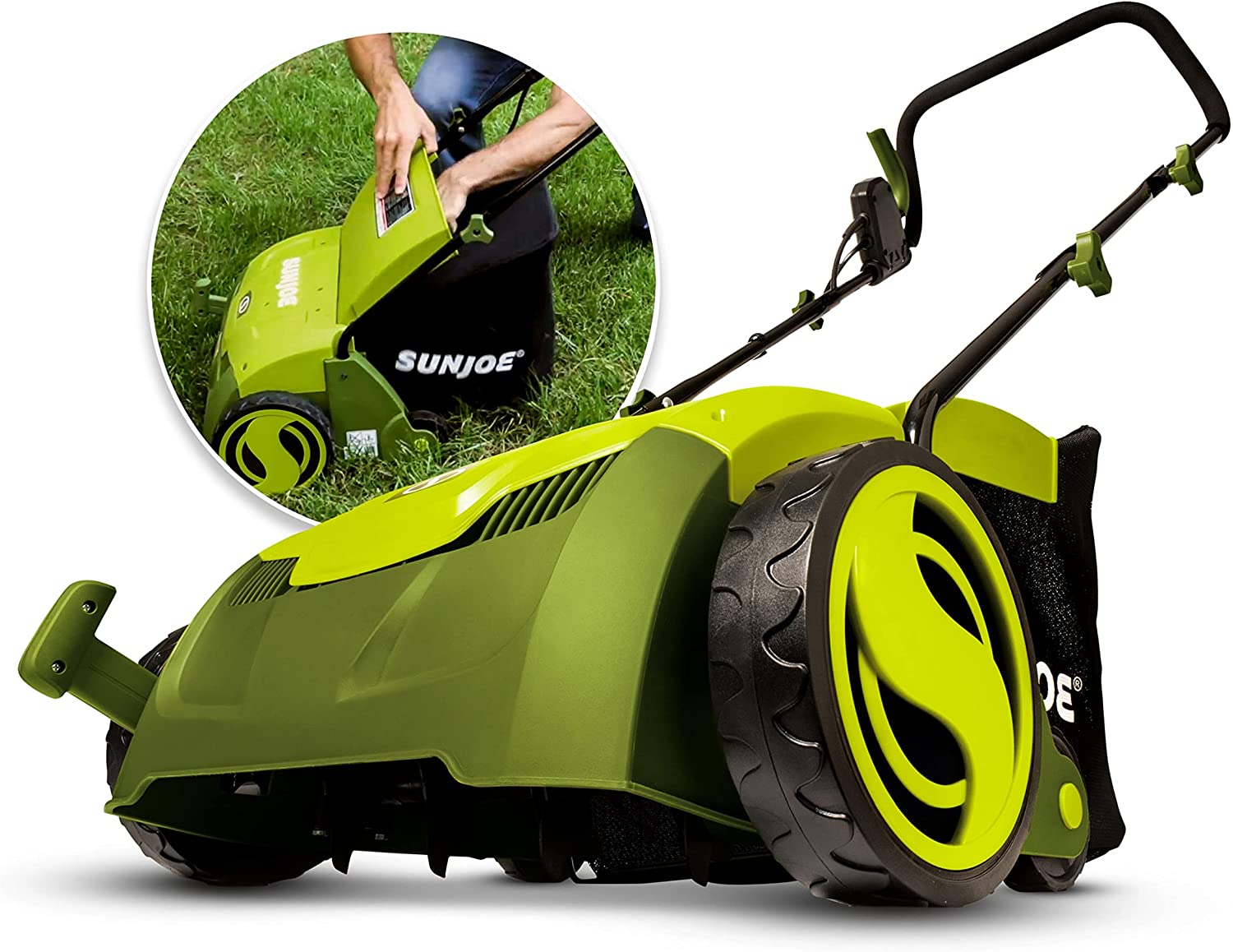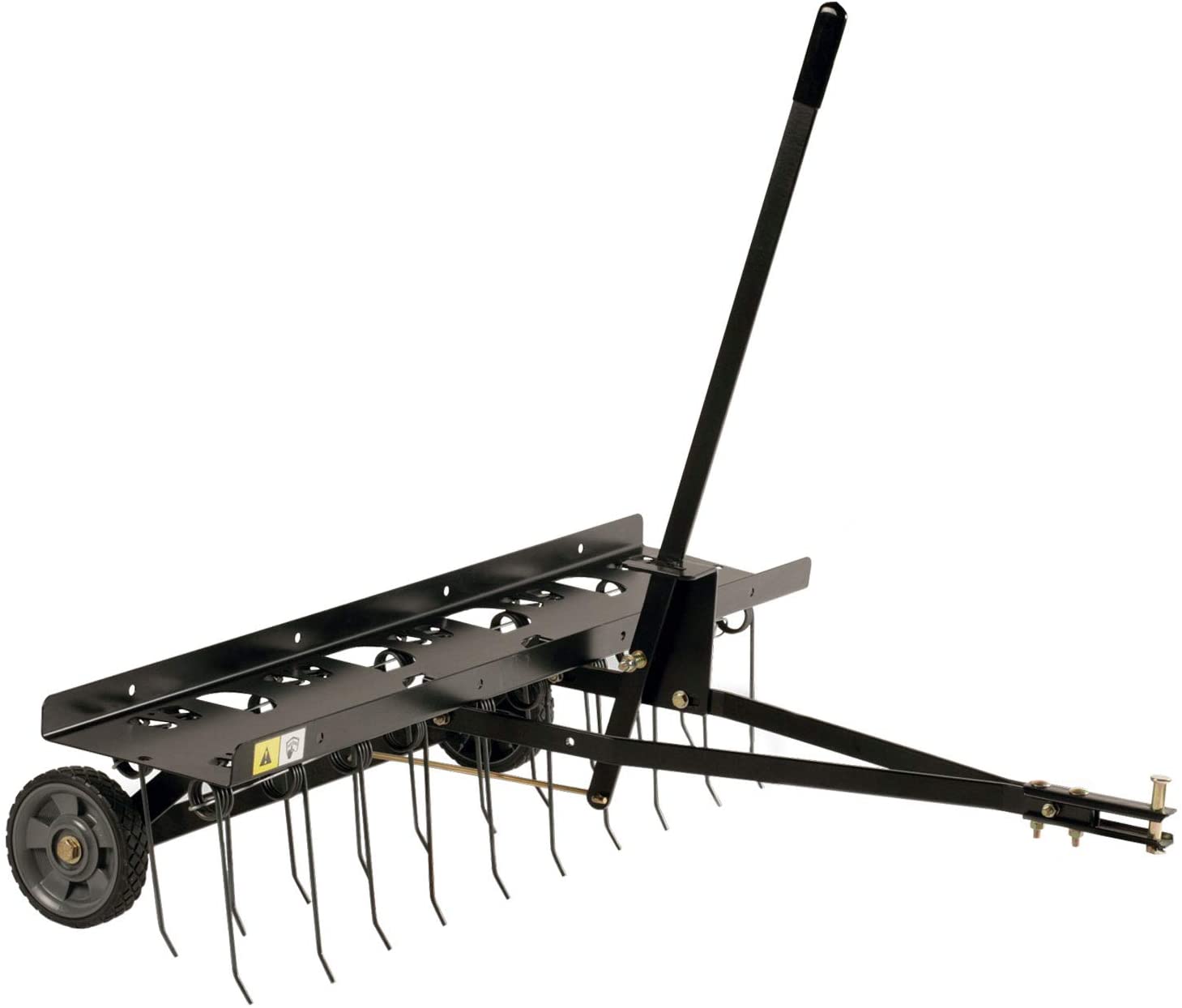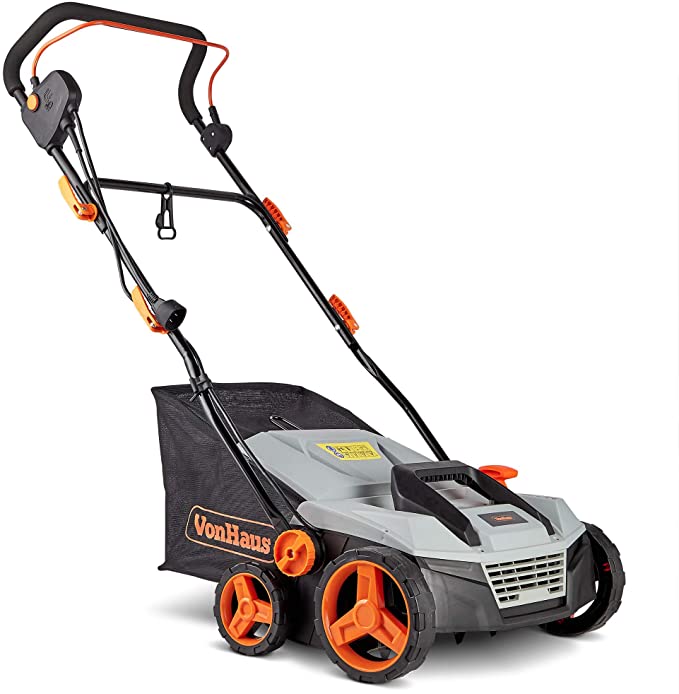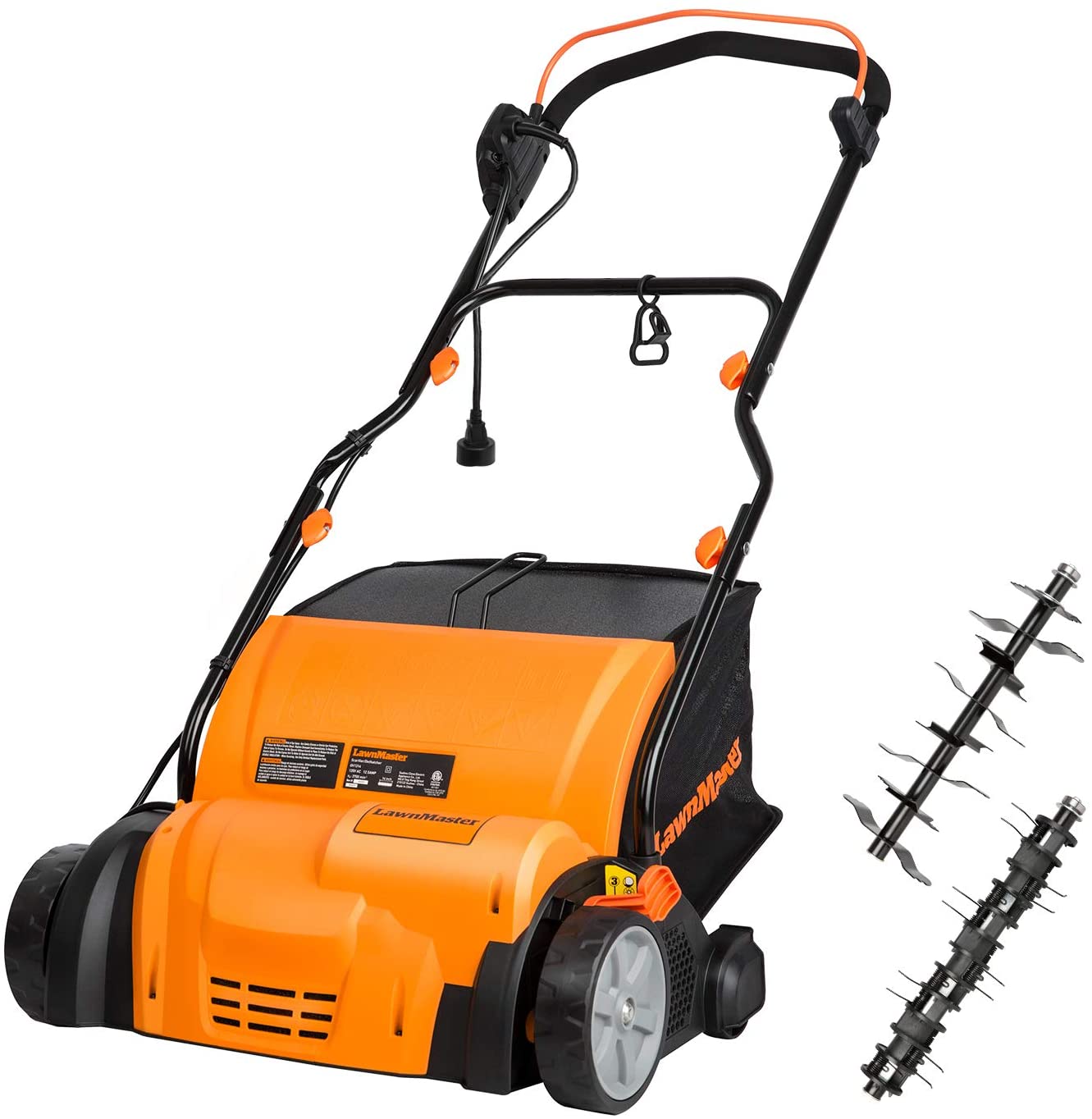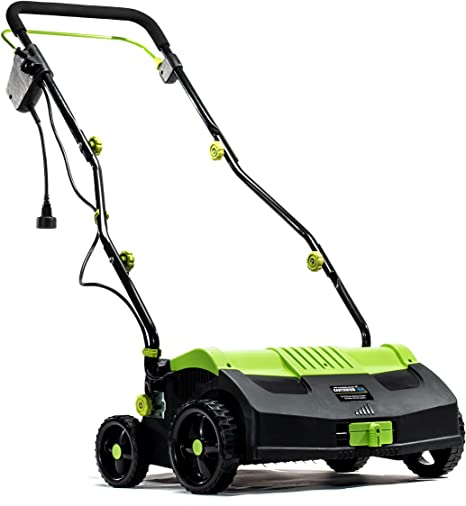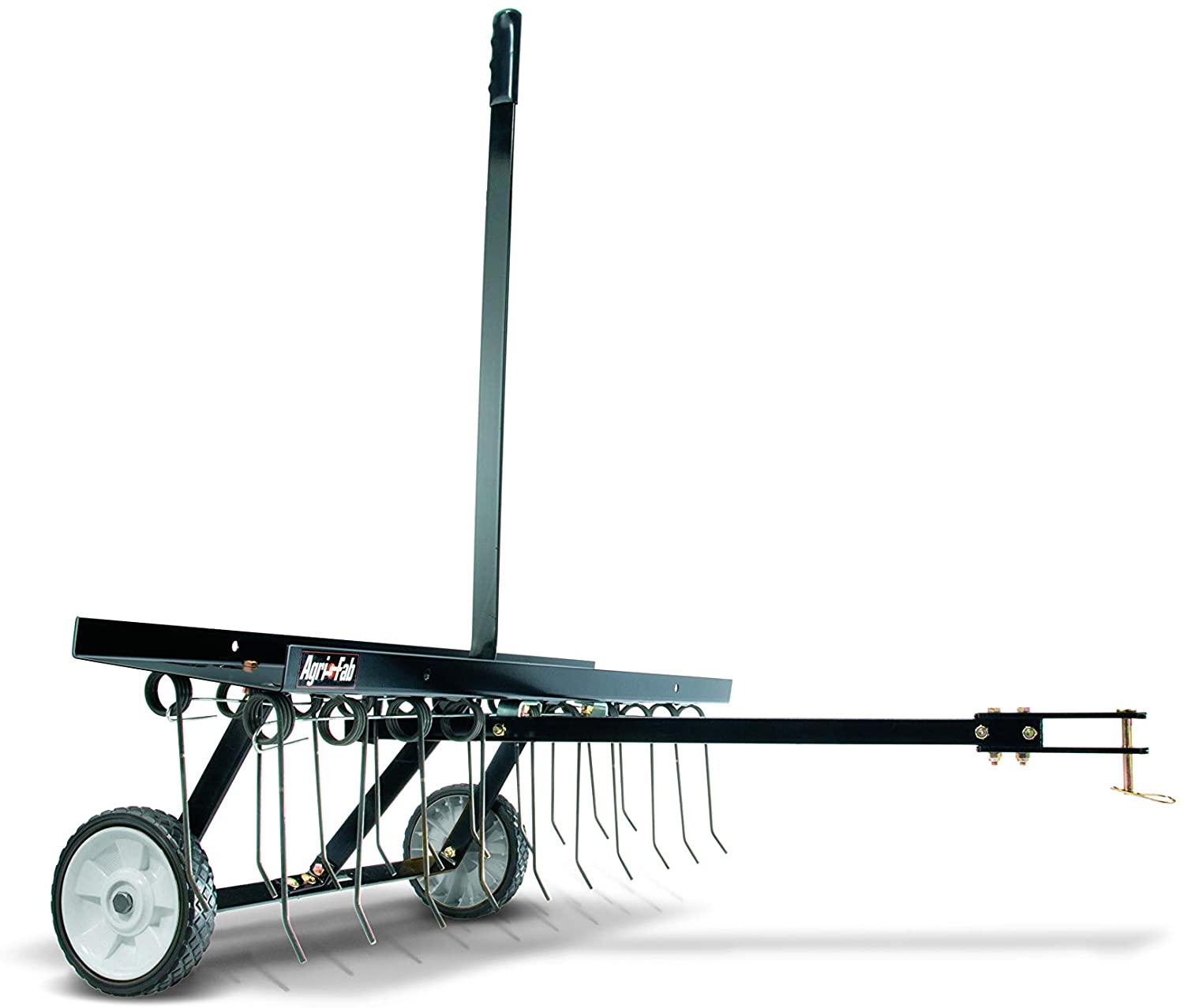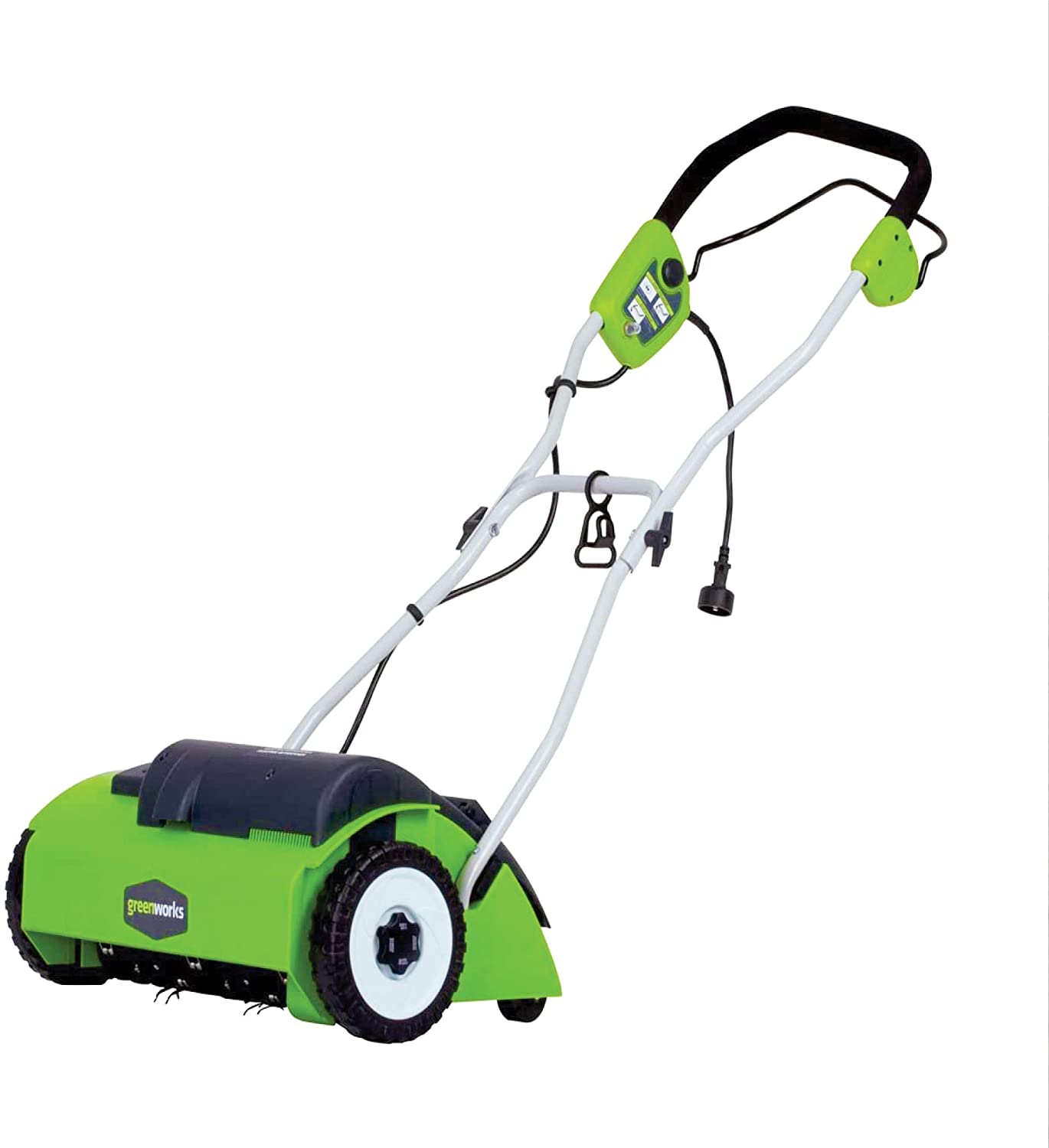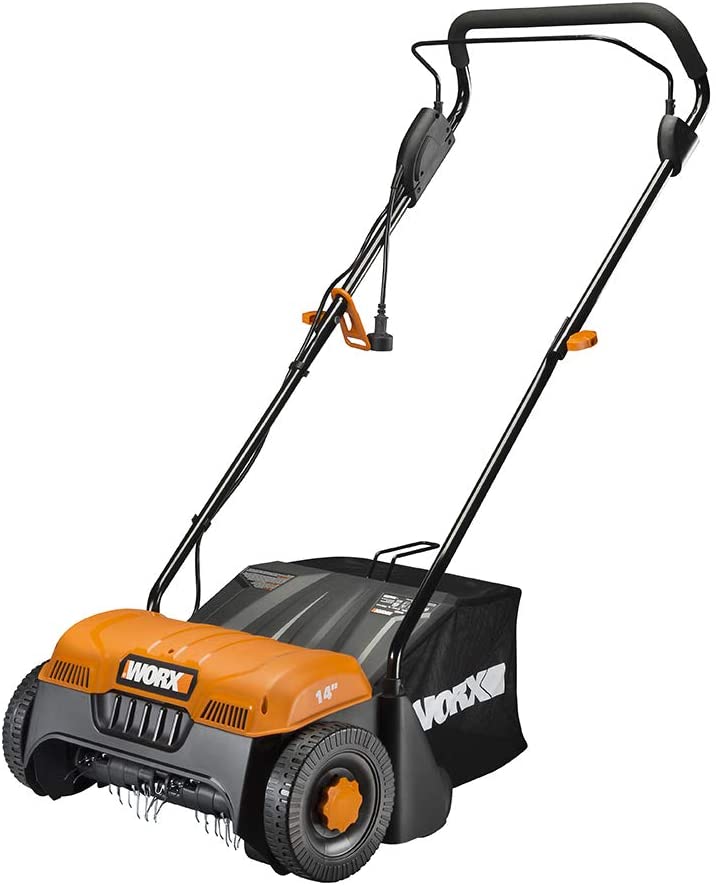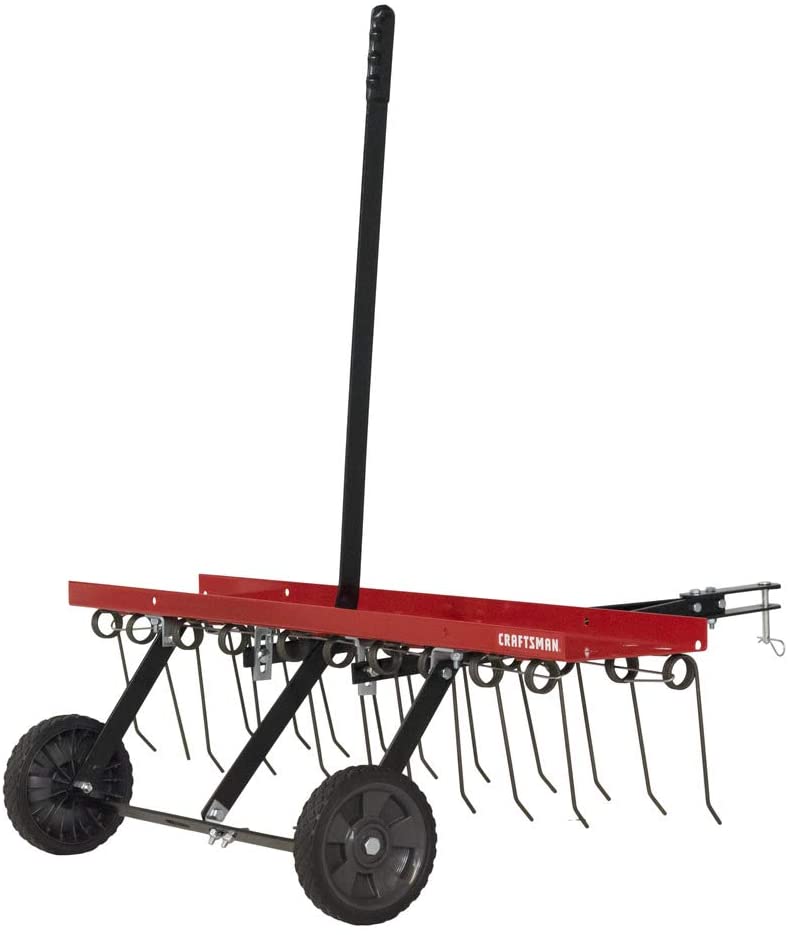Sun Joe AJ801E Adjustable Deck Lawn Dethatcher, 13-Inch
Last updated: June 30, 2023
Built with a 12-Amp motor, this dethatcher rakes a 12.6-inch-wide path to cover more ground in each swipe. A collection bag ensures clippings are easily discarded to reduce mess. It has spring steel tines to grab the most thatch possible.
We looked at the top Dethatchers and dug through the reviews from some of the most popular review sites. Through this analysis, we've determined the best Dethatcher you should buy.
Product Details
Key Takeaway: This robust electric dethatcher is designed to revitalize small to midsize lawns.
In our analysis of 11 expert reviews, the Sun Joe Adjustable Deck Lawn Dethatcher, 13-Inch placed 2nd when we looked at the top 10 products in the category. For the full ranking, see below.From The Manufacturer
Ideal for revitalizing Small to mid-sized lawns. Minimum cutting Height (inches): -0. 12. Mower amperage (amps): 13 rakes a 12. 6″ Wide path to get your job done faster. Scarifier function to cut grass roots for thicker growth, healthier lawns. Airboost technology – Spring Steel tines for maximum thatch pickup. ETL approved; Full 2-year.
